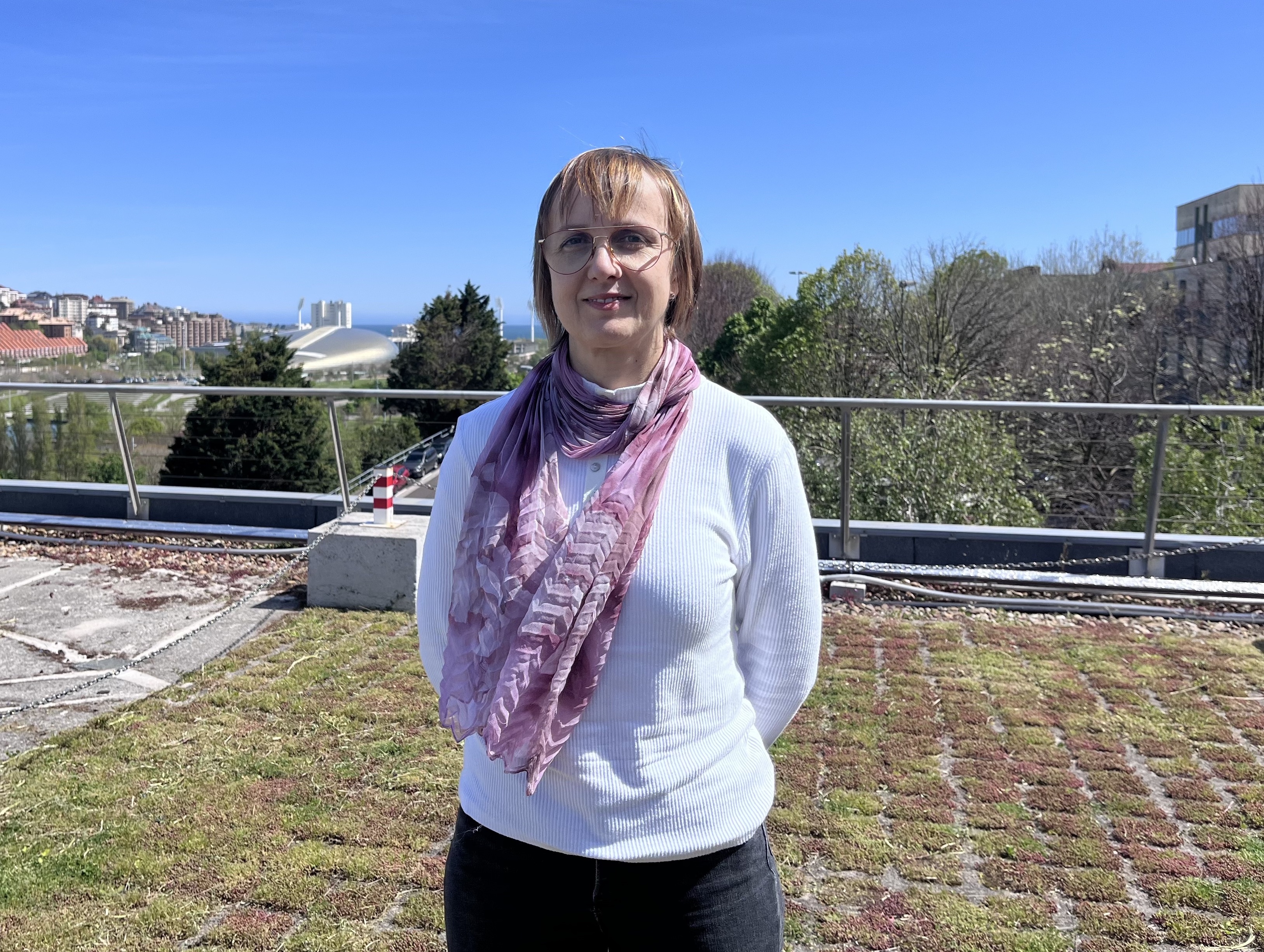Maite Ceballos is part of the team of the space mission in which IFCA participates, and which will study the hot and energetic universe in 2037
In Santander, 15 April 2024
An international collaboration led by
Maite Ceballos, a researcher in IFCA's Galaxies and AGNs Group, has developed
a new algorithm for processing the data from the Athena mission's X-ray detector "X-IFU", which improves the energy resolution and reduces the number of calculations.
"We propose a new method to calculate the energy of the X-ray photons arriving at one of the instruments of the future Athena mission. It is a novel method because with fewer calculations we obtain a higher precision in the measurement of that energy," explains Ceballos, researcher in the Galaxies group at IFCA.
The international research team is made up of researchers from the Universidad Complutense of Madrid (UCM), the Centre national d'études spatiales, (CNES), NASA, and the National Institute of Standards and Technology (NIST): Maite Ceballos (IFCA), Beatriz Cobo (IFCA), Nicolás Cardiel (UCM), Stephen Smith (NASA), Michael Witthoeft (NASA), Philippe Peille (CNES), and Malcolm Durkin (NIST).
In the scientific report, which has been published in the journal
Experimental Astronomy, "we give the mathematical rationale for why this is the case, something that goes a bit against what was known until now, and we also check it with simulations and with real data that NASA and NIST staff have obtained in their laboratories".
Such detectors, called
abrupt transition detectors, are at the heart of the X-IFU instrument on the Athena mission. An observatory mission that "will observe in X-rays the areas of the universe where the gas temperature is millions of degrees and gravity is very intense, for example, around black holes," says
Ceballos. Moreover, as it is an observatory, the scientific community will be able to request time to make observations in their scientific field.

Maite Ceballos has been a researcher in the Galaxies and AGNs Group at IFCA since 2012. IFCA Dissemination
A system for on-board use
The key to
this new method is that it is prepared to be used on board the mission, where computational resources are reduced. "The data from this mission has to be processed on board, i.e. the energy has to be calculated on board, we cannot download the data and use a supercomputer".
In this way, the software created by the research team provides the energy, spatial location, and arrival time of the X-ray photons that hit the detector, with the benefit of reducing the number of operations and achieving results that are the same, and "even better in many cases than other traditional methods". In addition, this method
will be useful for other space missions that include this type of detectors, or in laboratories that are already working with them and other missions that will carry them on board in the future.
It is a joint and multidisciplinary work, where each group has contributed its knowledge, from the mathematical, instrumental and code part, to the experimental data from NASA and NIST, "at the end all this knowledge is mixed to obtain a global and justified result", concludes
Ceballos.
Athena is scheduled for adoption in 2027 and
launch in 2037.
An artistic vision of the future Athena space observatory. ESA/IRAP/CNRS/UT3/CNES/Fab&Fab. Composition: ACO
Rebeca García / IFCA Dissemination
